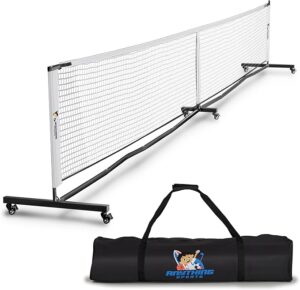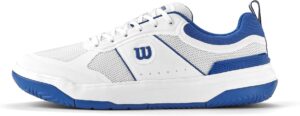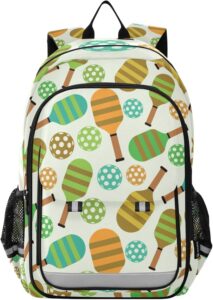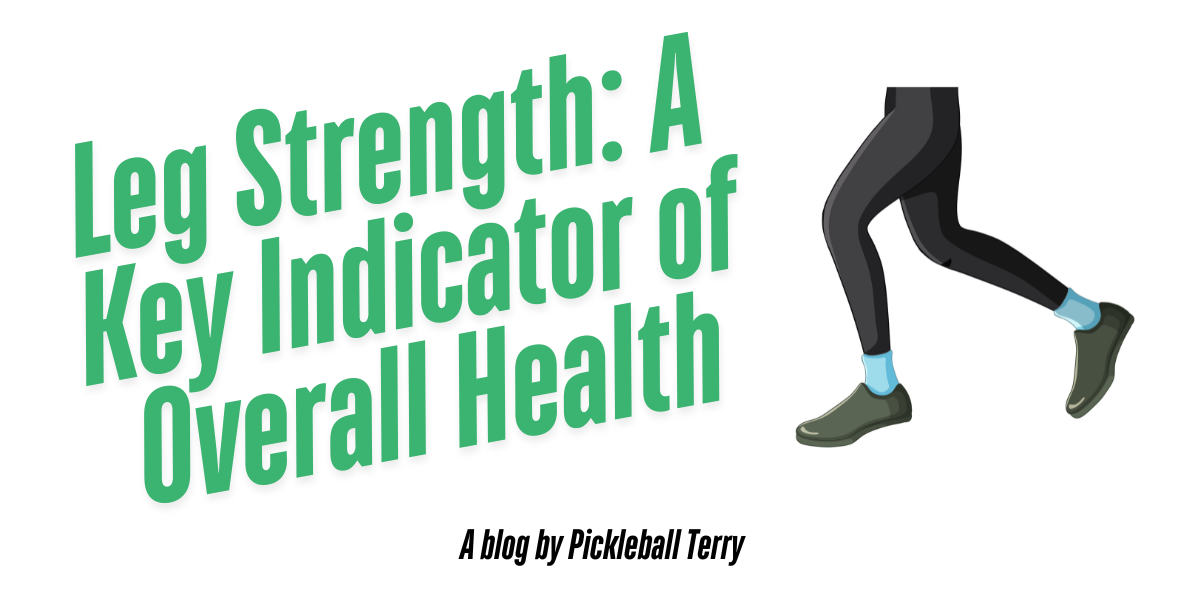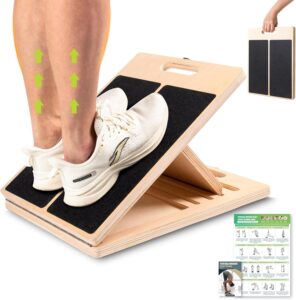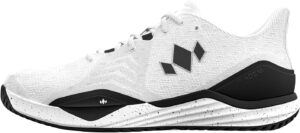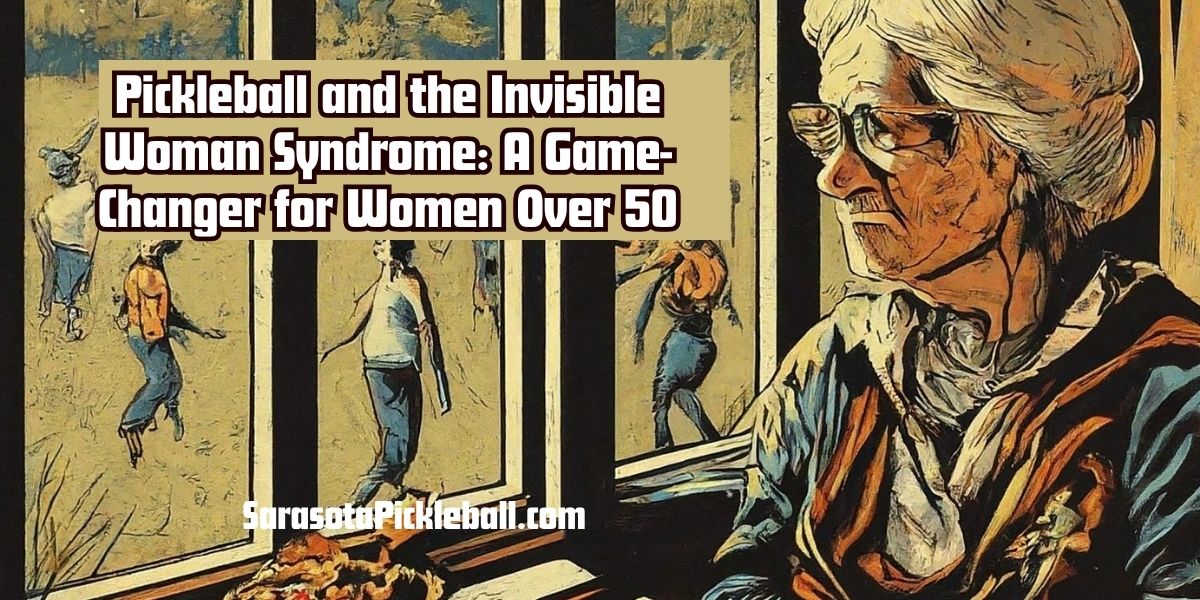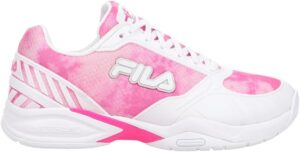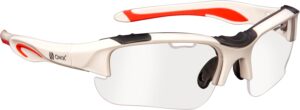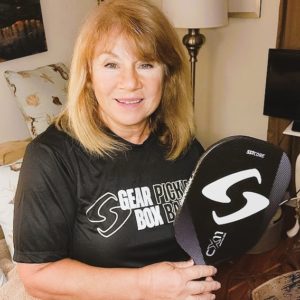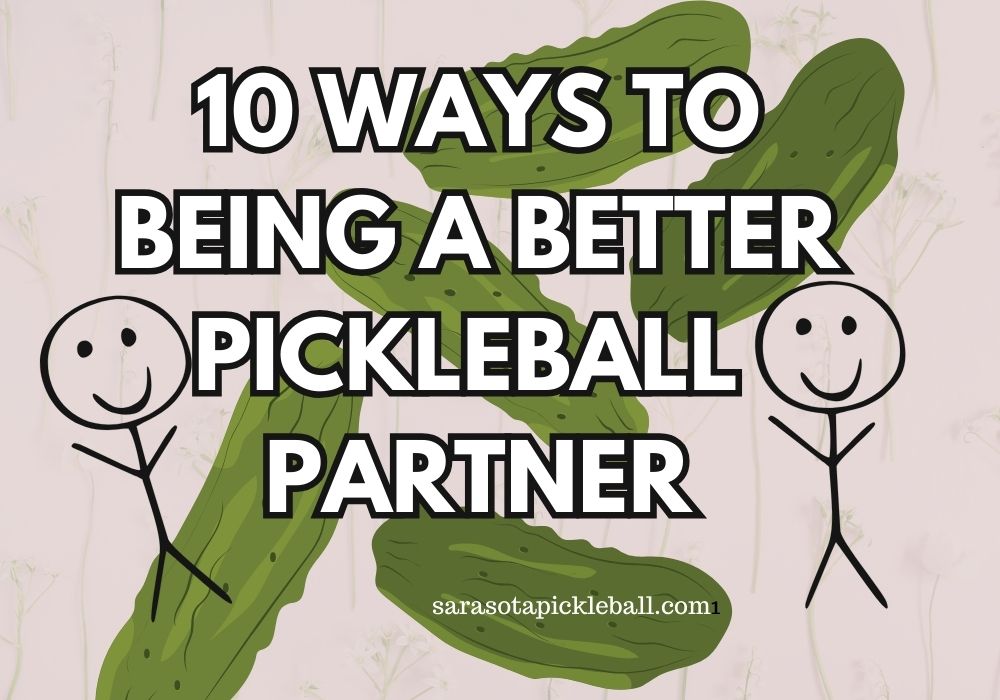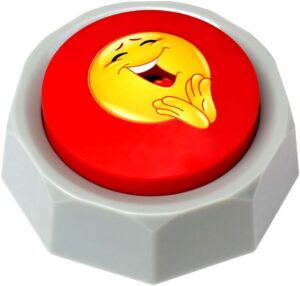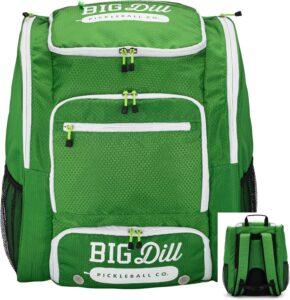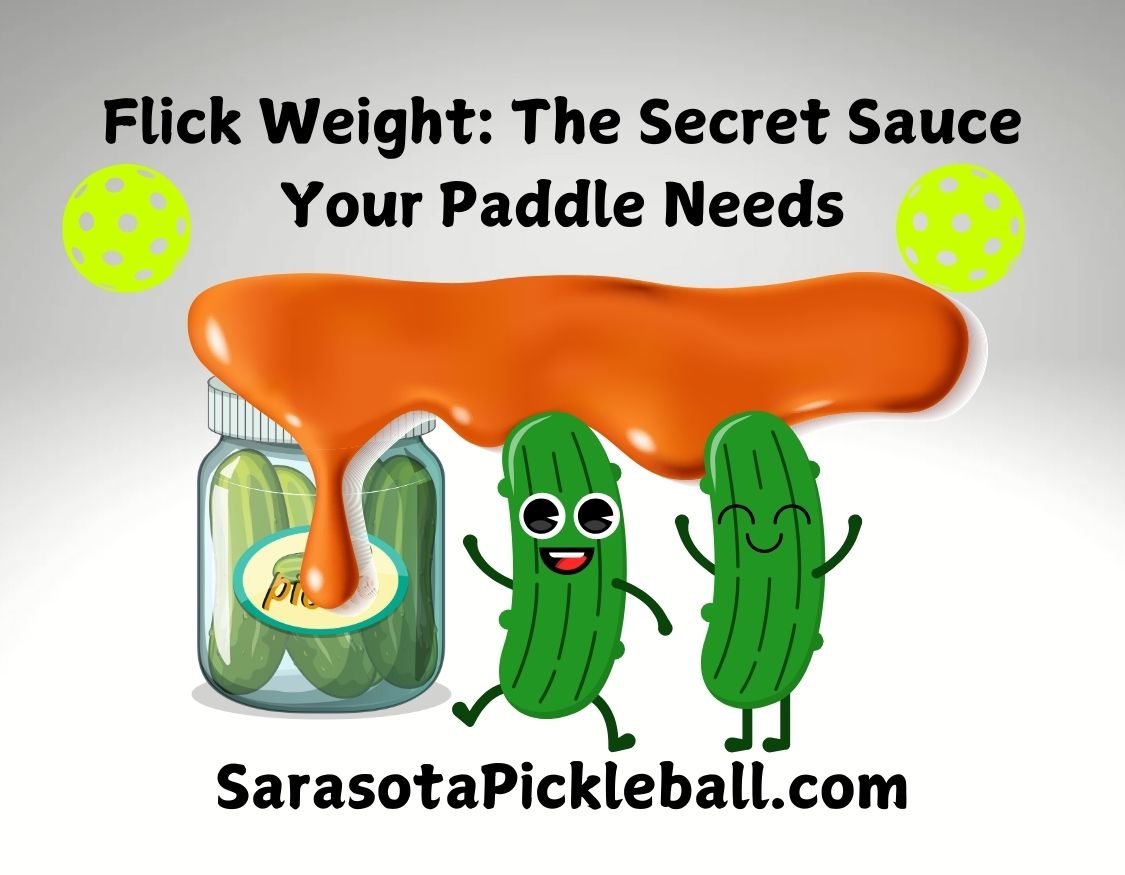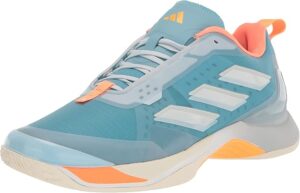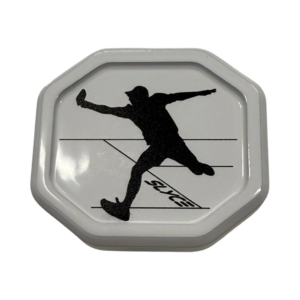When the summer heat kicks in, staying hydrated isn’t just about comfort — it’s essential for performance and safety on the pickleball court. As temperatures rise, so does your body’s need for water and electrolytes. Whether you’re playing a quick game or grinding through a full tournament, hydration can be the difference between finishing strong or fizzling out.

Why Hydration Matters in Pickleball
Pickleball, while fun and social, is a high-intensity sport. It involves quick bursts of movement, constant direction changes, and extended time on the court — often under the blazing sun. This leads to sweating, which causes the body to lose not just water but also electrolytes.
Dehydration can lead to:
- Fatigue and sluggishness
- Muscle cramps
- Dizziness or lightheadedness
- Heat exhaustion or even heat stroke
The Role of Electrolytes
So, what are electrolytes? They’re essential minerals — including sodium, potassium, magnesium, calcium, and chloride — that help regulate muscle function, nerve signals, and fluid balance. When you sweat, these minerals are lost. If they’re not replaced, your muscles may cramp and your performance will drop.
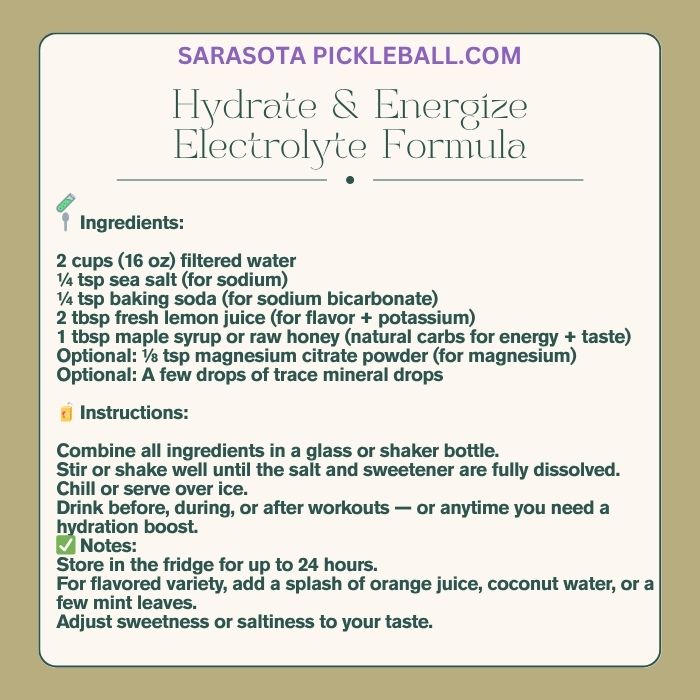
Staying Hydrated on the Pickleball Court Your Summer Survival Guide
Ice, Water, and Electrolytes: The Winning Combo
To stay safe and sharp during your summer pickleball sessions, here’s what you need to do:
1. Bring Plenty of Cold Water
Always bring more water than you think you’ll need. Insulated bottles or coolers with ice can help keep your water cold for hours — cold fluids not only hydrate but also help lower your core body temperature.
2. Add Electrolyte Supplements
Plain water is great, but when you’re sweating heavily, it’s not enough. Mix in electrolyte powders or drink ready-made electrolyte beverages. Popular options include:
- Nuun
- Liquid I.V.
- LMNT
- Gatorade Zero or Powerade Zero (for low-sugar options)
Be sure to read the labels — some products contain high amounts of sugar, which isn’t ideal during sustained activity.
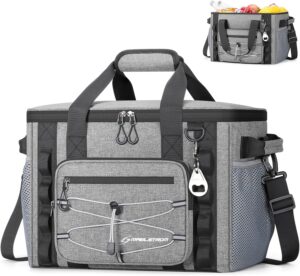
3. Pre-Hydrate and Re-Hydrate
Start hydrating before you step on the court. Sip throughout your games rather than waiting until you’re thirsty — thirst is a sign you’re already behind. After play, continue to hydrate to replace fluids lost through sweat.

4. Pack Extra Ice
Ice is your best friend in the summer. Use it to keep your drinks cold, cool yourself off between games, or even place it in a towel around your neck to lower your body temperature during breaks.
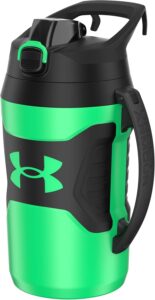
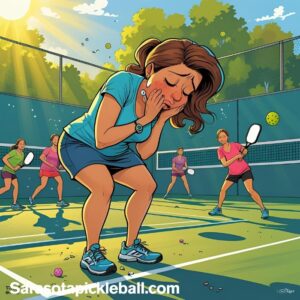
5. Know the Signs of Dehydration and Heat Illness
Don’t push through if you feel:
- Lightheaded
- Nauseous
- Excessively fatigued
- Confused or disoriented
Take a break in the shade, drink fluids, and seek help if symptoms persist.
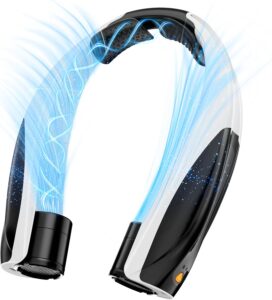
Final Tips
- Wear light, moisture-wicking clothing
- Use a hat and sunglasses
- Take frequent shade breaks
- Avoid alcohol or excessive caffeine before play
Bottom Line:
Pickleball is meant to be fun, but the heat of summer adds a serious element to your preparation. Water, electrolytes, and ice are your three keys to staying safe, energized, and on top of your game. Hydrate early, hydrate often — and bring enough to share with a partner who forgot theirs!
Stay cool and dink smart.
Thanks for reading.
Pickleball Terry
941-400-0978
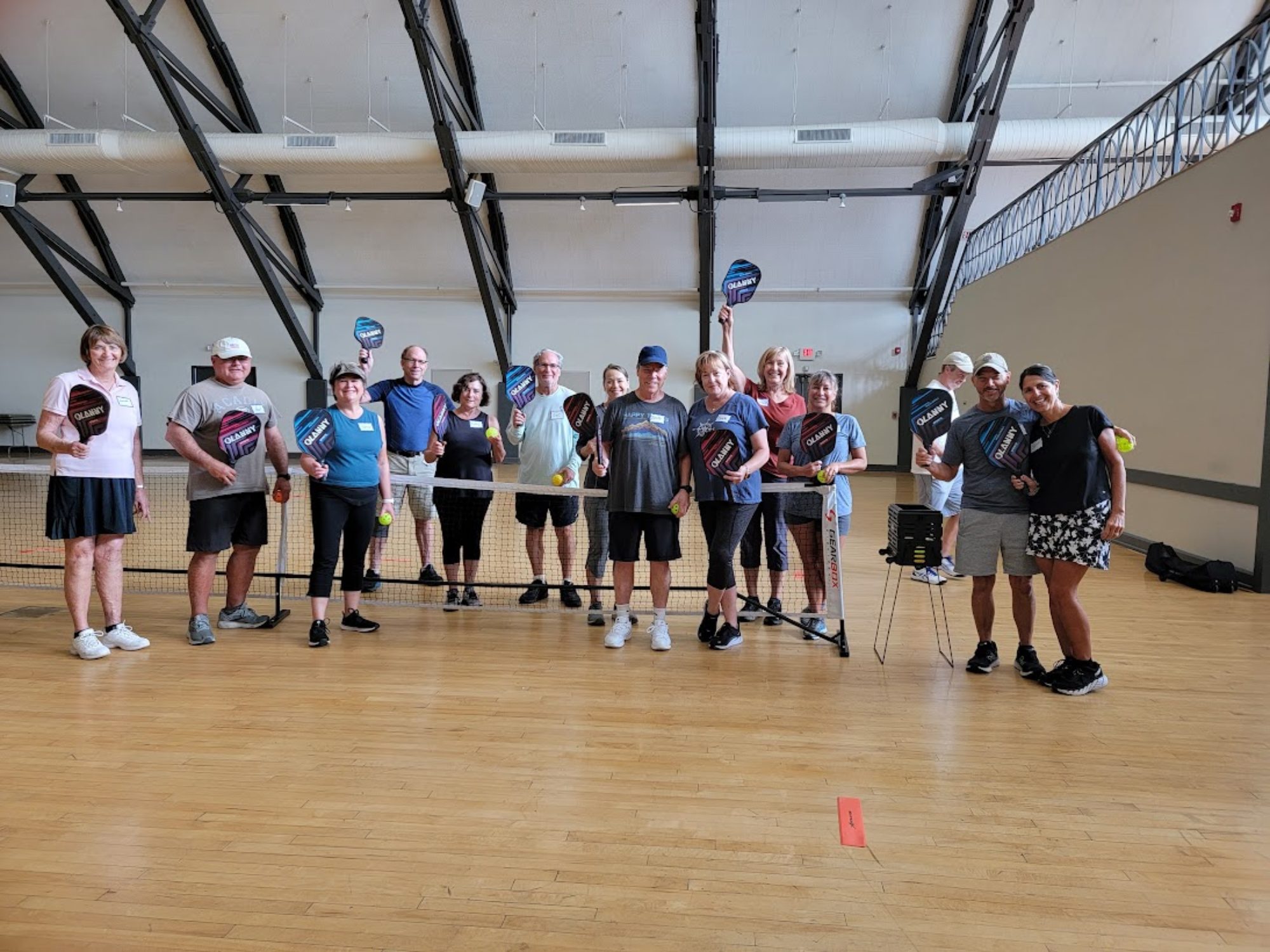

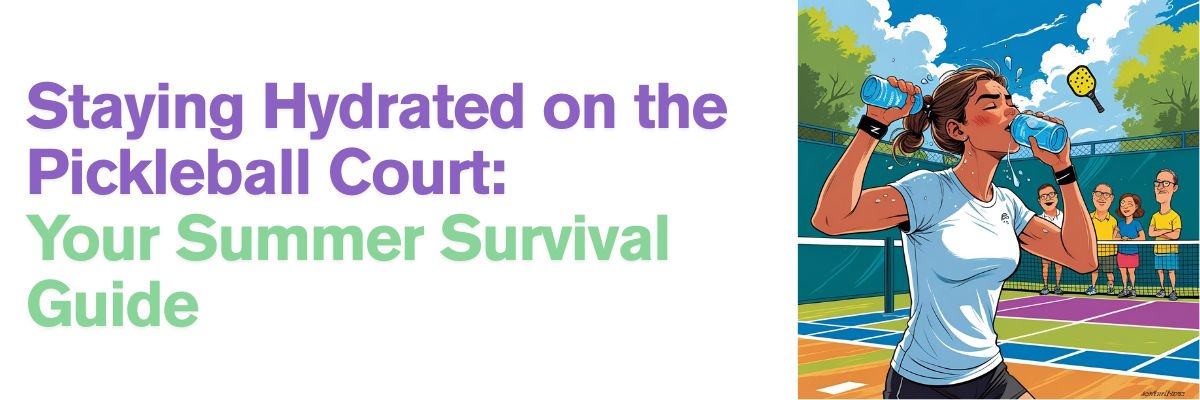
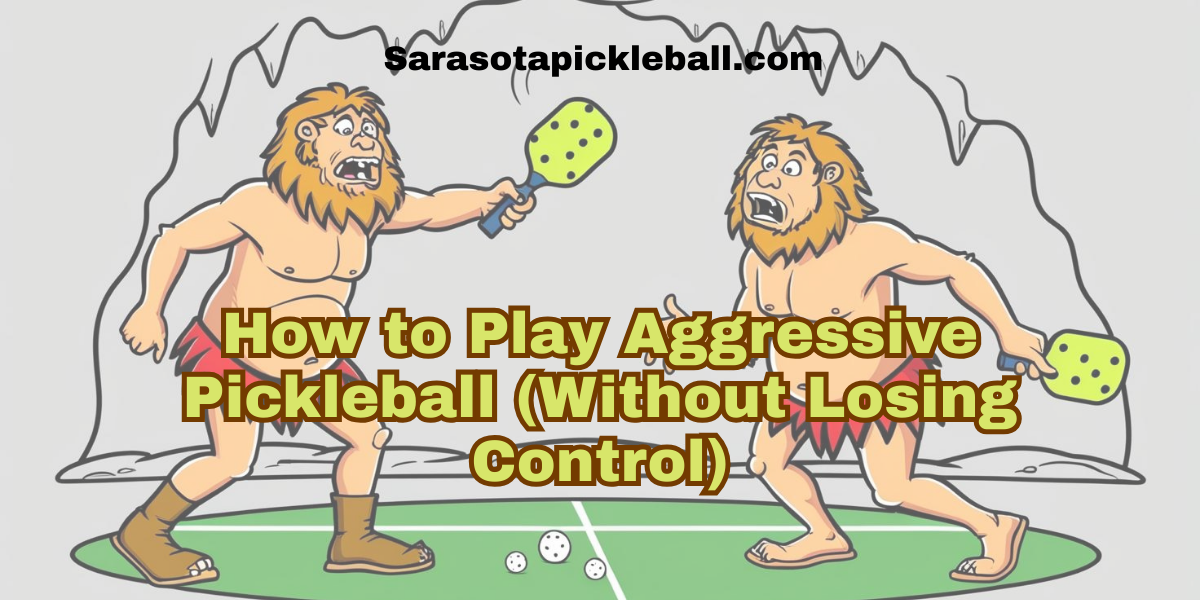

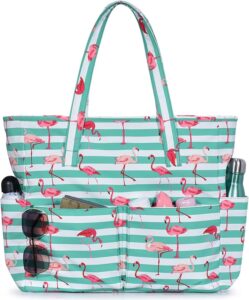 CLICK HERE
CLICK HERE



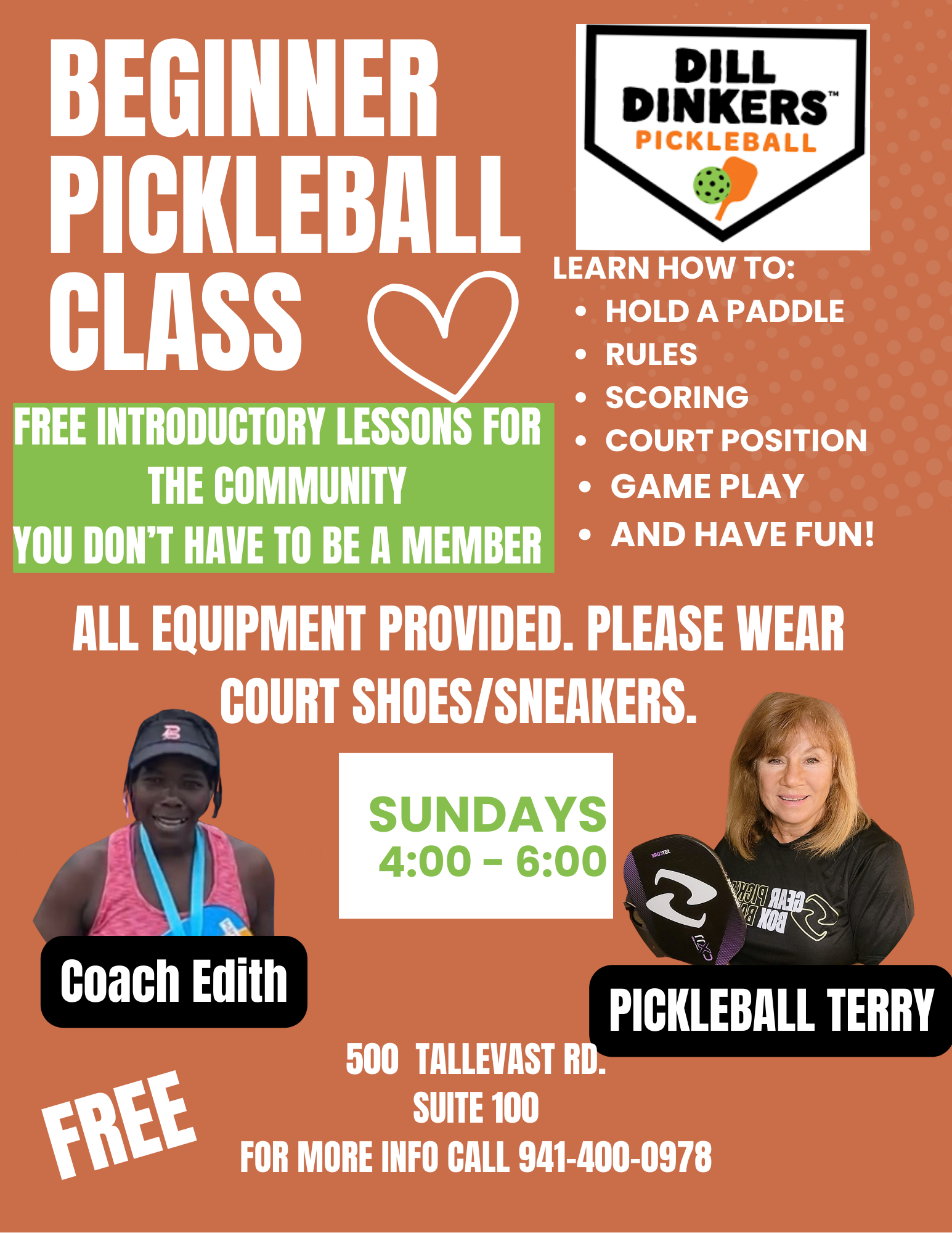

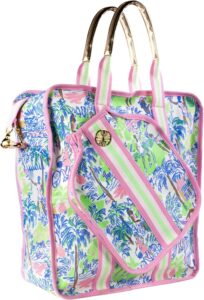

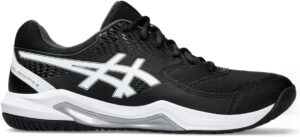
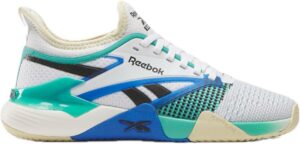 CLICK HERE
CLICK HERE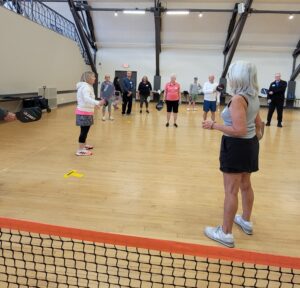
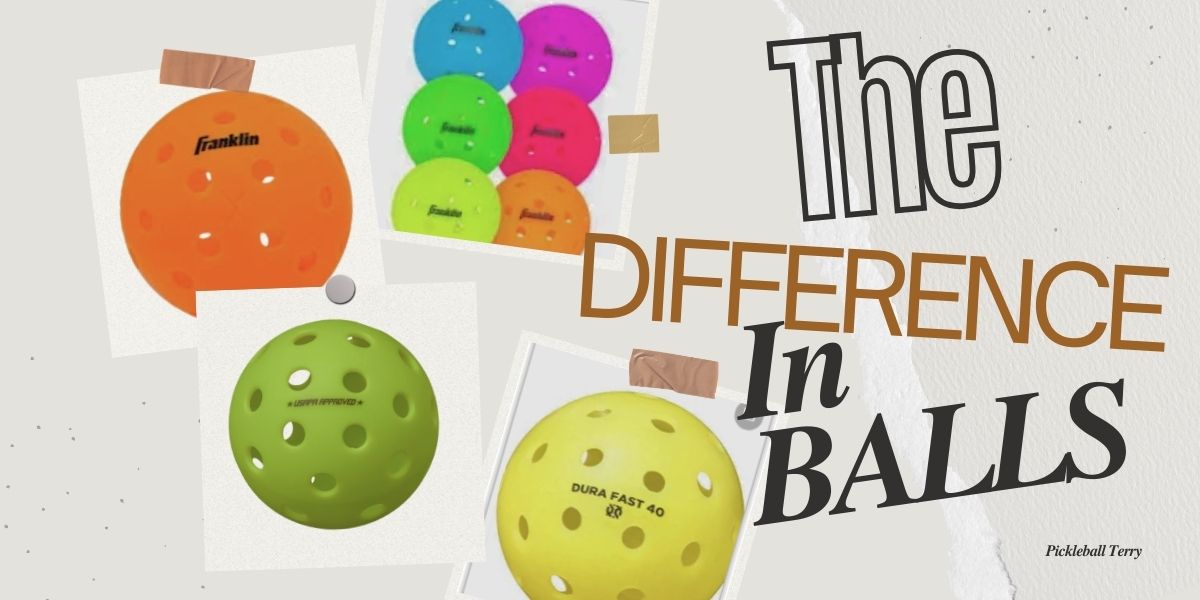

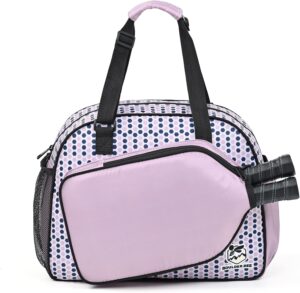
 CLICK HERE TO SEE PRICE
CLICK HERE TO SEE PRICE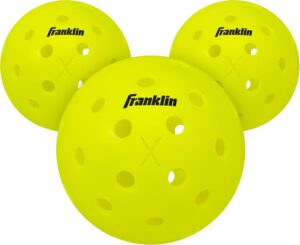
 Click here for price
Click here for price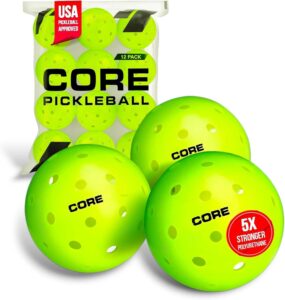 CLICK HERE FOR PRICE
CLICK HERE FOR PRICE



